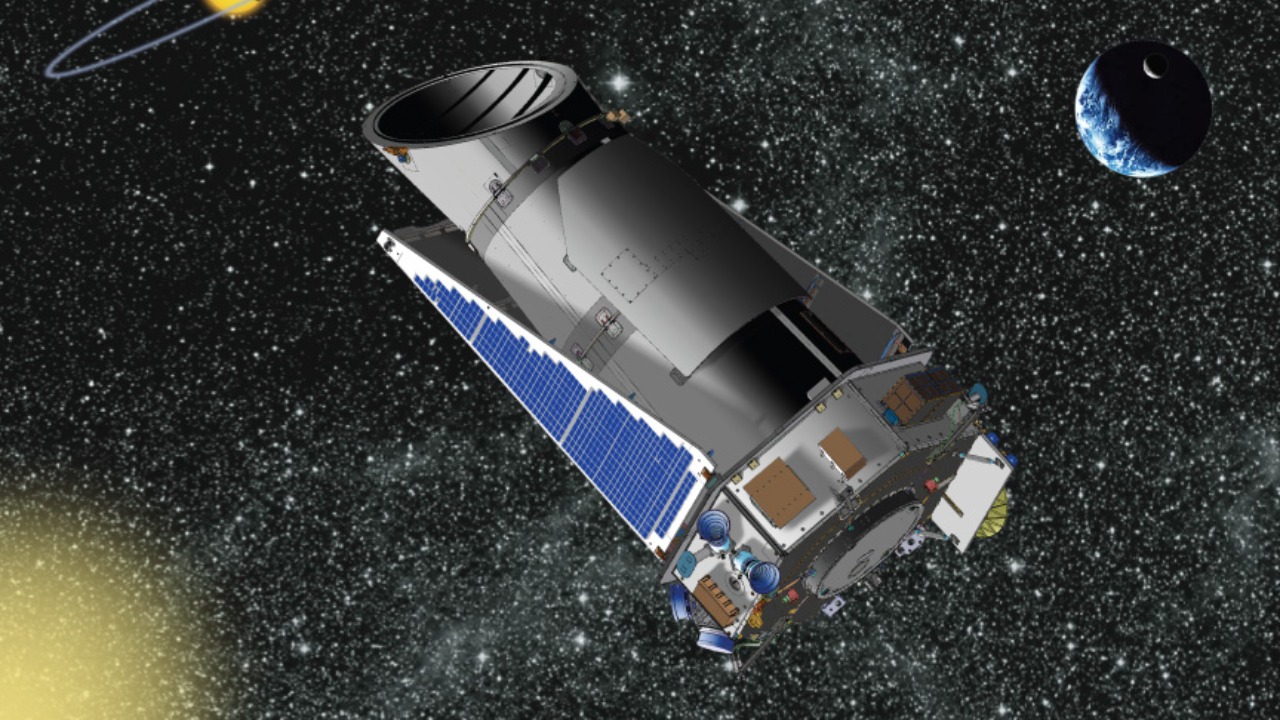
After nearly a decade of groundbreaking exploration, NASA’s Kepler Space Telescope concluded its mission, leaving a lasting legacy in the search for exoplanets. The spacecraft, which confirmed the existence of thousands of worlds beyond our solar system, was officially retired in 2018 due to depleted fuel reserves. Even as it now drifts silently in space, the impact of Kepler’s discoveries continues to resonate.
The Origins and Launch of Kepler
The Kepler Space Telescope was developed by NASA as a dedicated exoplanet hunter. Its mission was to continuously observe a fixed field in the constellations Cygnus and Lyra. The telescope was launched into an Earth-trailing orbit around the Sun, a strategic position that allowed for long-duration observations. The primary instrument on board was a photometer, designed to monitor the brightness dips from distant stars, a key indicator of potential exoplanets.
The mission was funded by NASA and involved collaboration with institutions like Caltech. The engineering choices made for Kepler, including its orbital insertion and instrument design, were all aimed at maximizing its ability to detect and confirm exoplanets.
Kepler’s Planet-Hunting Mission
The core objective of Kepler’s mission was to detect Earth-like planets in habitable zones through the transit method. The spacecraft was tasked to survey over 150,000 stars. Its operational phases included the prime mission from 2009 to 2013 and the subsequent K2 extension that repurposed it for new sky surveys. Beyond just exoplanets, Kepler also gathered data on stellar variability and other cosmic phenomena, further expanding our understanding of the universe.
Key Discoveries and Scientific Impact
Kepler’s mission led to some major findings in the field of exoplanet research. The telescope confirmed the existence of over 2,600 exoplanets, including the first Earth-sized worlds in habitable zones. One of the breakthrough moments was the detection of the TRAPPIST-1 system, which hosts multiple rocky planets. These discoveries advanced our understanding of planetary systems and have influenced future missions.
Kepler also played a crucial role in providing statistical insights. For instance, data from Kepler suggests that one in five Sun-like stars hosts an Earth-sized planet. This has had a profound impact on the field of astrobiology and has sparked public interest in space exploration.
Challenges During Operations
Kepler’s mission was not without its challenges. In 2013, the spacecraft suffered reaction wheel failures, which ended the prime mission. However, engineers were able to shift to the K2 mode using solar pressure for stability, extending Kepler’s life. The spacecraft also faced ongoing power and thermal management issues in its heliocentric orbit, which limited its maneuverability over time.
Despite these challenges and design constraints, Kepler continued to provide valuable science until fuel constraints emerged, marking the beginning of the end for the trailblazing spacecraft.
Running Out of Fuel in 2018
In March 2018, NASA announced that Kepler’s hydrazine propellant levels were critically low after nine years of operations. The fuel was essential for attitude control, which allowed for precise pointing of the spacecraft. Conservation efforts post-K2 extended the mission but could not prevent the eventual shutdown. The remaining capabilities of the spacecraft were monitored month by month by NASA’s Ames Research Center team.
The Retirement Decision
On October 30, 2018, NASA officially retired the Kepler Space Telescope. The decision followed the final data downlink and the activation of safe mode to preserve the spacecraft. Risk assessments for uncontrolled reentry were conducted, and it was decided to leave Kepler in a stable, sun-synchronous orbit about 140 million kilometers from Earth. Mission leads expressed a bittersweet sentiment at the conclusion of the planet hunt, emphasizing that no further commands would be sent to the spacecraft.
Kepler’s Fate and Legacy
Today, Kepler remains in deep space, with no plans for deorbit due to its high orbit ensuring no Earth impact risk for centuries. Even in retirement, Kepler continues to contribute to science. Archived observations from the spacecraft are still being analyzed, leading to new exoplanet confirmations years after the end of the mission.
Kepler’s influence on successors like the Transiting Exoplanet Survey Satellite (TESS) and the James Webb Space Telescope (JWST) is undeniable. Its discoveries have shaped the field of astrobiology and have inspired a new generation of scientists and space enthusiasts. As we continue to explore the cosmos, the legacy of NASA’s Kepler Space Telescope will undoubtedly live on.
More from MorningOverview